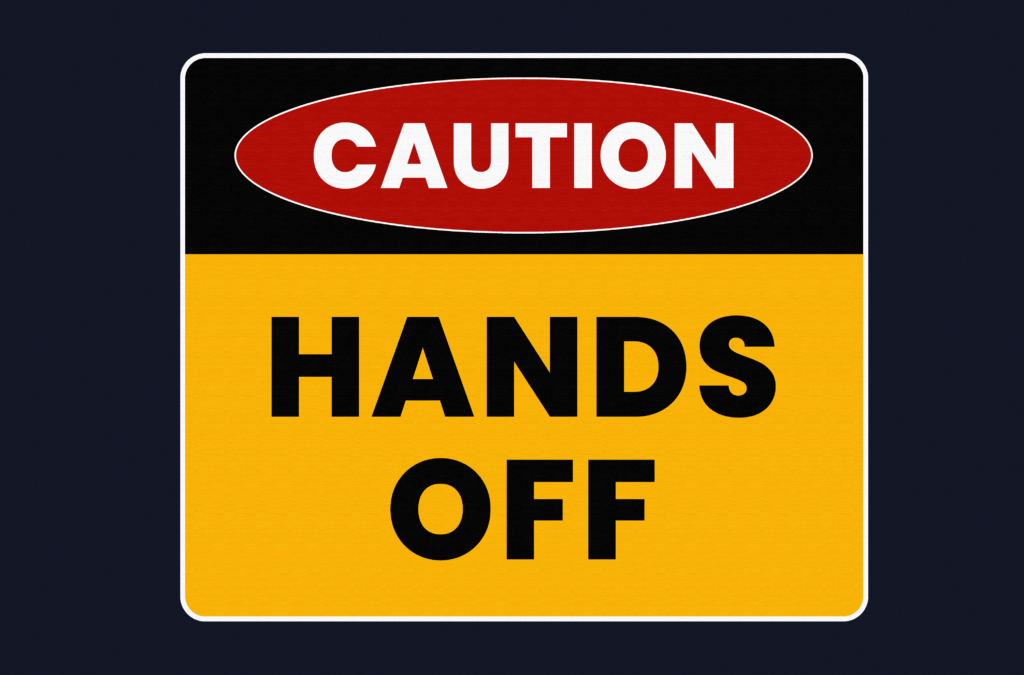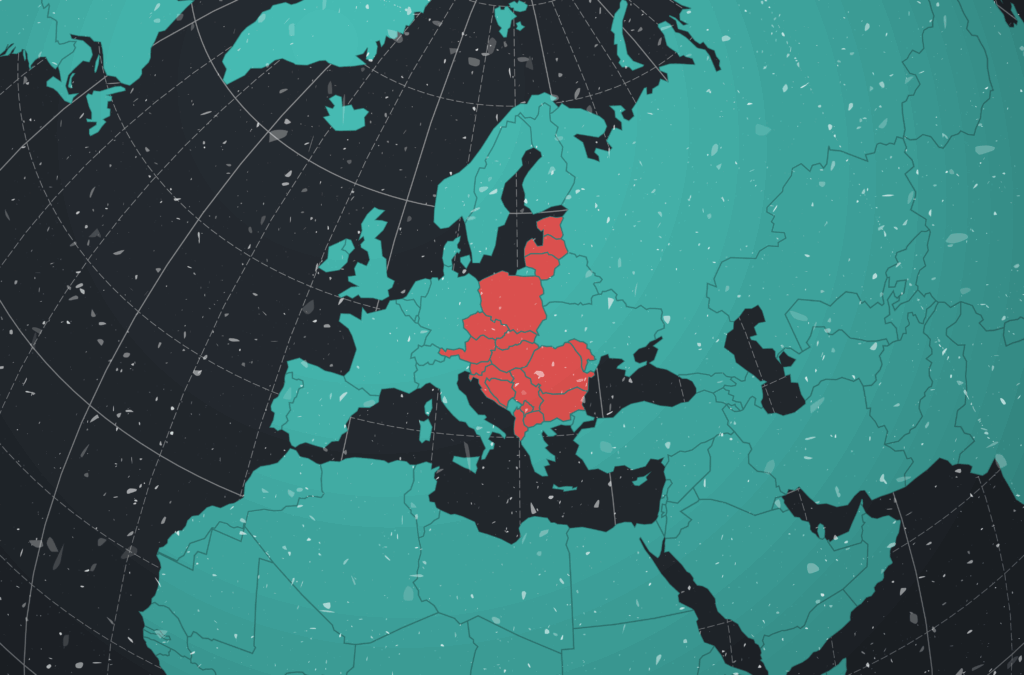
Chile: Resilience Amid Earthquakes and Unrest

The Chilean insurance market, despite facing economic and social challenges, demonstrates remarkable resilience and adaptability.
In the last six years alone, the nation has seen immense social unrest with significant property damage in 2019, then the COVID-19 pandemic, and a change in presidential leadership from conservative to left liberal, among other changes.
In 2023, direct written premium in the Chilean market reached 364.4 million Unidades de Fomento (UF, a non-circulating currency), equivalent to roughly U.S. $15 billion. That was a 12% increase from the previous year. The four branches with the highest premiums are life annuities, traditional life, fire and earthquake, and motor vehicles.
The private sector manages much of the insurance market in Chile, with the Chilean state regulating some areas, most notably the public portion of national healthcare through the Fondo Nacional de Salud (FONASA). Private healthcare is managed by the Instituciones de Salud Previsional (ISAPRE).
Market Dynamics: Context
Employee Benefits > Chile has a strong social security system, mainly encompassing primary life, health, labor-related health and accidents, and pensions.
As of November 2024, 87% of the population was enrolled in the public health system and the remaining 13% in the private system. FONASA’s major weakness remains an overcrowded system and in some cases poor quality of medical care. While health services under ISAPRE are more expensive, the quality of care is much better.
Property and Casualty > Chile is considered to be the most seismically active nation in the world (the 9.5-magnitude earthquake that devastated the city of Valdivia in 1960 remains the most powerful recorded to date) and to have the most active volcanoes. Exposure to natural disasters, and the growing threat from climate change, generates a specific demand for catastrophe insurance.
Cybersecurity and D&O liability are also areas of growing concern, driven by digitalization and increased awareness of business risks.
Market Dynamics: Pricing
Employee Benefits > Healthcare costs in Chile are rising steadily, which is reflected in supplementary health insurance premiums. This insurance is in high demand due to the limitations of the public system and variations in ISAPRE coverage. There is a growing demand for insurance to cover catastrophic illnesses and mental health, along with wellness programs. A more demanding workforce has successfully pushed insurers to expand the availability of maternity, dental, and vision care.
In 2023, public health spending per capita increased by 8.74% from 2022, due to factors including inflation, rising prescription drug costs, labor shortages, and renegotiated contracts between providers and hospital systems.
Chile offers a universal health plan that provides specific guarantees for care, covering both FONASA and ISAPRE users. Guarantees include access to exams, medications, medical consultations, and hospitalizations; final protection; and timely and quality care. Treatment of 84 common medical conditions is covered by the health plan, such as breast and prostate cancer, cataracts, acute myocardial infarction, lymphoma, and depression.
Property and Casualty > Property rates vary significantly, based on the condition of the property and the activity it contains. For example, a university building in good condition can be quoted for a rate under 1% while a warehouse in good condition might be quoted in the 8-9% range.
Liability rates fluctuate less. Premiums are lower and competitive.
Market Dynamics: Underwriting & Capacity
Employee Benefits > Rising claims, driven by medical inflation and delayed treatments, have forced insurers to be more rigorous in their underwriting. Implementation of coinsurance and variable deductibles is a common strategy to control costs.
Some insurance policies cover pre-existing health and dental conditions; on average, these policies are 30% more expensive. More than 90% of current health policies in Chile feature a clause requiring that to have the full coverage stipulated in the policy, the insured must have reimbursement of 50% or more from the private or public health system for the procedure. This is intended to ensure that insureds use their health system correctly before requesting additional reimbursement from any supplemental health insurance provider.
Overall, however, the Chilean market has plenty of capacity to cover the current demand for EB products.
Property and Casualty > Local property coverage capacity depends on each insurance company’s risk appetite, based on their specific characteristics. Operations, location, and security and safety measures are considered in determining risk levels. For example, since the protests that occurred in 2019, the local market has been reluctant to quote warehouses. However, earthquake coverage is absolutely necessary.
If the local market is not sufficient to provide a solution, insurance companies generally cooperate by creating coinsurances or asking for facultative support.
While the local property insurance market is not particularly extensive, the casualty market is very competitive, offering much more capacity than property; almost all insurance companies have strong contracts for quoting general liability.
When it comes to specific activities in these lines, offshore activities and underground works are usually excluded.
Underwriting remains stable in most lines but intensifies in higher-risk areas such as cybersecurity and errors and omissions. Some consumers’ pursuit of higher deductibles reflects a trend toward cost optimization. Lately, local market capacities for medium to large risks, as well as for more complex risks, have diminished. This suggests that use of coinsurance has increased, as has the use of facultative capacities.
Market Dynamics: Deductibles
Employee Benefits > The most common EB deductible is UF 0,5 (about U.S. $20) to UF 1,0 (U.S. $40) per year/ insured person.
Property and Casualty> Deductibles will always depend on the type of risks, but specific deductibles can be found for earthquake coverage and sometimes for other natural perils. Policies covering theft/robbery and/or machinery breakdown will have their own deductibles.
For liability, also as a general matter, a general deductible that applies for all coverages can range from 10% of the loss with a minimum of U.S. $2,500 to U.S. $25,000 or more. There are specific deductibles for employer liability and for automative and contractor equipment liability.
Regulatory Update
The Financial Market Commission plays a crucial role in the regulation and supervision of the Chilean insurance market, ensuring that all actors comply with consumer protection laws.
The digitalization of the insurance sector is advancing rapidly, with an increase in online insurance offerings and the use of technologies such as artificial intelligence. In that vein, Chile is closely monitoring the development of regulation of artificial intelligence and other emerging technologies.
Notable Differences from U.S.
Employee Benefits > The main difference is that supplementary health insurance is complementary to the Chilean health system, both public and private. Therefore, the “proper use” of supplementary health insurance will depend on the insured person’s proper use of their health system.
Property and Casualty > Property coverages are largely similar, beyond the necessity of earthquake coverage in Chile.
The primary distinction in liability coverage is in wording. In Chile, the General Liability Policy will cover only risks that are expressly mentioned. In the United States, liability policies tend toward “all risk” wording, so almost everything is covered unless expressly excluded.




